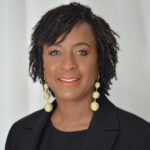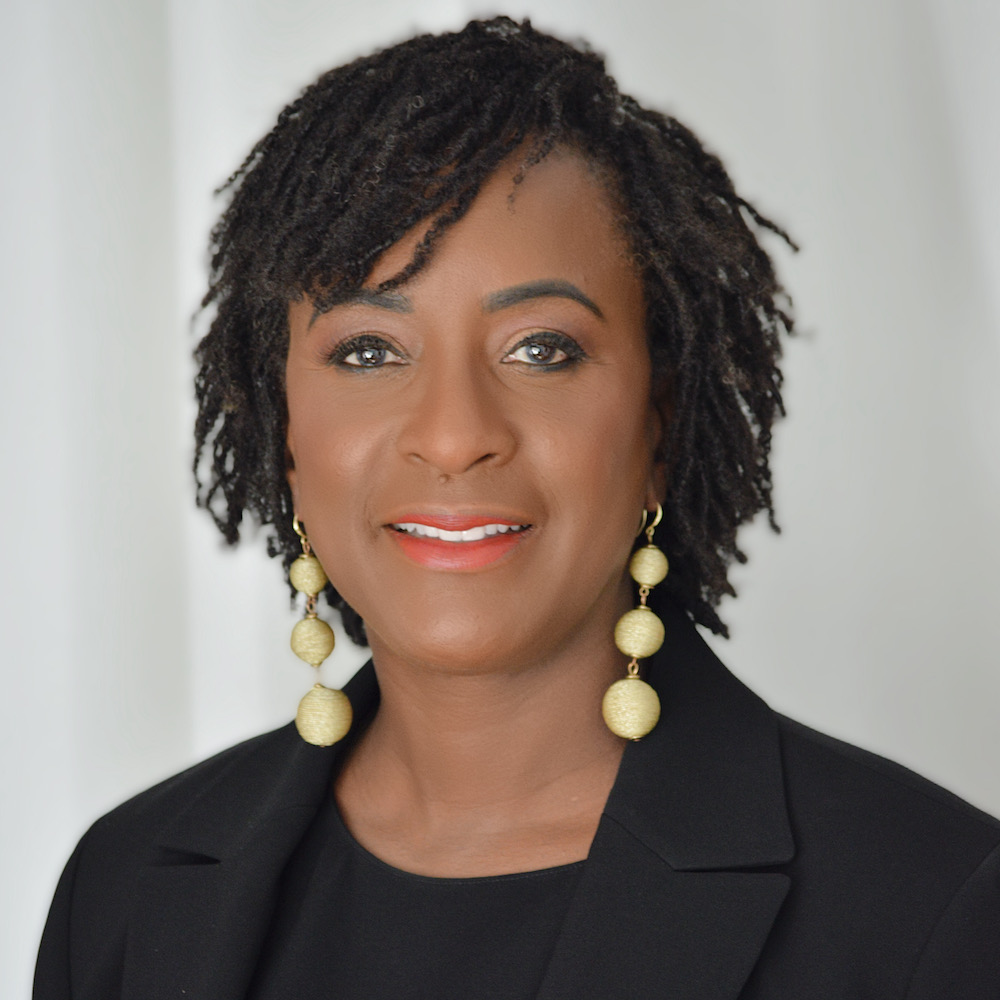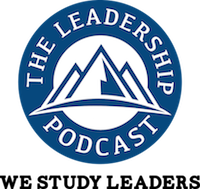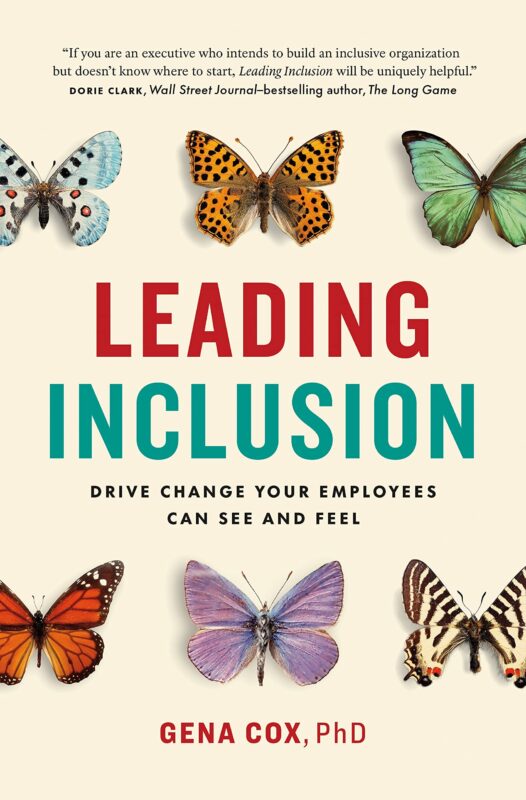
Gena Cox, Ph.D. discusses her new book that provides powerful insights for leaders to drive inclusion: “Leading Inclusion: Drive Change Your Employees Can See and Feel.” In this conversation, Gena stresses the value of human relationships, and how organizations have vast opportunities to optimize the human experiences for their employees. Gena reveals how a system that doesn’t embrace inclusion will lose employees who don’t feel included. Listen in for how curiosity can help your team feel even more connected.
Key Takeaways
[2:00] Dr. Cox tells how she is the luckiest person in the world. Her grandmother had a grade school education but was an entrepreneurial wizard. From watching her grandmother grow her neighborhood store, Gena learned the value of the human relationship in terms of getting things done. Gena’s secret is that much of what she talks about comes from observing her grandmother and her customers.
[2:56] When Dr. Cox was growing up, she wanted to be a journalist. She still sees journalists covering things around the world and imagines herself doing that. She supposes that journalists, like others, have a big “why” about how they can make the world better that lets them keep going.
[4:22] Dr. Cox has been trained not to make assertions without evidence to support the assertions. She had known for a long time about the importance of respect. But it wasn’t until the summer of 2020 when she interviewed leaders and surveyed employees about what they think leaders don’t understand about inclusion, black employees said they felt leaders were distancing themselves and avoiding them.
[5:54] When Dr. Cox did the content analysis to see the themes emerging from those comments, she came up with the word “respect.” These comments were all about things where people wanted to be seen, heard, and valued.
[7:07] It is important not to just think about these issues in the present, but to look centuries back. In our country, there are social dynamics that have existed for generations within a community where there are significant power imbalances. These imbalances correlate with race, ethnicity, and socioeconomics. Ignoring those factors can lead to misunderstanding the experience of employees from those places.
[8:21] Dr. Cox wrote one chapter about history at the beginning of her book. It makes a difference if leaders understand the broader context before they try to address specific initiatives or priorities in their organizations because they might miss the mark, otherwise.
[9:19] Dr. Cox works with leaders on inclusion and with individuals to think about how they can be the best that they desire to be. It takes two sides of this equation to tango to get the outcomes that we desire. Dr. Cox shares a case of a client feeling discriminated against in their career progress. Dr. Cox suggested they look for what they could do to get past the barrier and jump the hurdle.
[10:28] Dr. Cox offers three ideas that can help each of us make that difference for ourselves. 1. Have a big “why” for what kind of influence and impact you desire to have. 2. Have a track where you are working on custom master classes. Learn as much as you can that will help you get to your goal. 3. Amplify and brand yourself within our job. Dress and behave for the job you want.
[11:53] If your current job does not allow you to do all that, you might have to do it on a parallel track and keep it moving until you can use what you learn to move forward overall.
[14:06] Dr. Cox thinks there is a lot of misinterpretation and reinterpretation that takes place about leaders like Martin Luther King. Dr. Cox does not talk a lot about what specific people have said. Some people hearing a quote may miss the main idea. Inclusion tops diversity. It’s not just about getting more representation of a particular group. DE&I is really effective leadership of 100% of employees.
[16:38] Dr. Cox talks about effective leadership to create situations where every single person in a team, group, or organization feels that he or she can put in the appropriate efforts and get the expected outcomes. We all have to have a part in making that happen, especially managers.
[17:49] After George Floyd was killed, corporations started offering implicit bias training and hiring Chief Diversity Officers. Those two solutions are just tactics. They need to be added to a strategy that says “Here is what we are solving for.”
[18:34] The most important thing leaders can do to minimize the risk of doing things that are not effective is to start by talking to employees about what is their day-to-day experience. Then they will tell you what you should focus on first.
[19:20] Dr. Cox would like leaders to attach fewer restrictions to the research-based insights, such as the size of the survey group. The research is too new to be buttoned down. Dr. Cox points to the value of qualitative data or the stories that people tell in this area. These stories haven’t been told before so leaders don’t understand the solutions they should implement.
[21:28] Dr. Cox asked about three years ago in a LinkedIn article why, with regard to DE&I, organizations are not utilizing the same strategy and problem-solving techniques that they apply to every other problem. Because of the emotional component, including fear and anxiety, about the topic, leaders are failing to use the same kinds of judgment skills that they might have used for something else.
[22:22] What research have you done? Have you gone to a solution without research or understanding what’s going on so that your actions might work? Are you just throwing a dart at a board and hoping that something will stick? You would never do that if you were implementing a new initiative to support your customers or clients because you would know how high the risk would be.
[23:18] The number one topic on the minds of boards of directors and leaders today, apart from making money, is talent. Under talent is the shortage of talent. Why is there a shortage of talent? People come up with a variety of explanations. The data Dr. Cox sees is that there is a significant portion of the workforce that feels alienated from their leaders and colleagues and dissatisfied.
[24:31] The latest research says that 50% of Black American employees say that they are thinking about or preparing themselves to leave their current job. There has been more data over the past couple of years because of the pandemic.
[24:55] Dr. Cox asks leaders to think about why there is so much dissatisfaction and whether it is true in their organization. If so, what are the elements in their organization that could be causing it? If not true, what could they learn about it? They’re about to have this problem. What can they do to make it better for employees?
[25:26] This leads to conversations about compensation, speaking up, well-being, mental health, and a variety of issues that should be at the tip of the spear.
[26:31] Rehumanizing the workplace means emphasizing the idea that effective leadership is a pie chart. There’s a piece for task performance and a piece for human performance. All the outcomes organizations are driving to achieve have a human component.
[28:23] Leaders are telling employees to “come back to the office and do it this way,” instead of considering alternative ways to work. There’s a significant gap between what employees desire and what the leaders at the top think employees desire. Rehumanizing the workplace means connecting with the employees.
[32:50] Dr. Cox doesn’t want to believe that with MBA programs costing hundreds of thousands of dollars, organizations aren’t focusing on the human experience. But she believes they are not focusing sufficiently on the human experience. The management of humans has not been balanced with task performance. Dr. Cox wants to do away with the term “soft skills” which are understood to be less than “hard skills.”
[34:40] In an HBR article, “5 Strategies to Infuse D&I into Your Organization,” Dr. Cox writes about mitigating implicit bias at the systemic level. It involves looking at data the organization has about existing patterns within the organization of selection, promotion, career mobility, and visibility of people who have a variety of characteristics.
[36:15] Leaders often think they are leading organizations where things are better than employees might imply that they are. Diversity is not just hiring diverse people. If new employees walk into situations where the environment is not ready for them or receptive to them, they are not going to stay. It’s important for you to figure out, “What does it feel like to work in my organization every day?”
[37:15] Leaders don’t know how their managers behave, day-to-day, or recognize how often those behaviors are having a damaging impact. They don’t put enough emphasis on setting expectations for manager behavior. Leaders need to ask, “Over the years that you have worked for this company, how often have you raised your hand to share an idea and been swatted down?” Optimize the talent you have!
[38:21] If you run an organization with customer-facing people, you want to know how the customer is being treated. You should also want to know what experience your employees are having when they’re interacting with your customers, and not assume that the customer is always right! Inclusion is understanding the day-to-day experience of all the employees that you currently have.
[40:09] Dr. Cox has spent at least 10 years measuring employee experience, advising leaders about how to use data coming out of employee surveys. Respect is a concept that everybody understands. Nobody seems to know what belonging means.
[40:49] Dr. Cox says leaders only need to ask three questions in a survey: Do you feel respected? What is it about your experience that makes you feel respected? Do you feel disrespected? What is it about your experience that makes you feel disrespected? What can we do to enhance your feelings of being respected? A three-question survey is as powerful as a long survey if you know what you’re measuring.
[42:25] Do not overcomplicate the issue. The only outcome that matters in this conversation is what are the experiences that employees are having and are they continuing to have good or bad experiences. What accounts for the variability between good and bad experiences, and what you can do as a leader, knowing and understanding that, to make these things a little more equitable and consistent?
[43:39] Dr. Cox speaks of potential clients who ask her to talk about something and when it gets to a point where it’s uncomfortable, they hadn’t planned for the discomfort, and then rather than move forward through the discomfort, they back away and don’t want to do the thing they should be doing. Dr. Cox is disappointed that some leaders haven’t thought through what they believe.
[44:34] On the plus side, while a lot of the things organizations are doing are destined not to have any impact when it comes to inclusion, more leaders are talking about these issues and are inching forward to a place where leaders can be engaged in trying to understand these issues rather than avoiding them. Dr. Cox is having these conversations more than ever before, even when some people are running away.
[48:01] Dr. Cox’s last thought: “I have a three Cs model. … Curiosity leads to Connection and that Curiosity and Connection are necessary in order to get to Comfort. Comfort, I think, is what we all seek.”
[49:03] Closing quote: Remember, “Everything that we see is a shadow cast by that which we do not see.” — Martin Luther King Jr.
The Leadership Podcast is sponsored by W.S. Darley & Company.
Founded in 1908, Darley remains a family owned and operated business, providing the highest quality equipment solutions to our country’s warfighters and firefighters.
Learn more at darley.com and darleydefense.com
Quotable Quotes
“While I call myself an organizational psychologist because that’s my formal training, the secret that most people don’t know is that a lot of the stuff that I talk about is stuff that I learned in the little … corner store just by… Share on X “When I was growing up, I wanted to be a journalist. I didn’t even think about psychology, And still to this day, when I see journalists covering all kinds of things around the world, I say, ‘Gosh, I could do that. I can do that.’” Share on X “Dr. King taught us that whether we are talking about race, gender, LGBTQ+, ethnicity, neurodiversity, or other ways that humans naturally vary, we can’t sit idly by and wait for others to provide the inclusion we seek. Each of us… Share on X “I talk about effective leadership to create situations where every single person … in an organization, feels that he or she, when they show up, have a chance to be able to put in the effort that is appropriate and get the same… Share on X “Something about the emotion of this issue is causing people to fail to use problem-solving skills that they actually already possess.” Share on X “Are you optimizing the talent that you already have? Most people will say, when I ask ‘What is missing here about why I don’t feel included?’, it tends to fall into the category that ‘I’m not seen, heard, or valued.’” Share on X “By inclusion, I simply mean understanding the day-to-day experience of all the employees that you currently have.” Share on X “I remain eternally optimistic about all of this because of Gen Z and their willingness to speak for us, for everybody, about what that good human experience feels like.” Share on X
These are the books mentioned in our discussion with Gena





Recent Comments